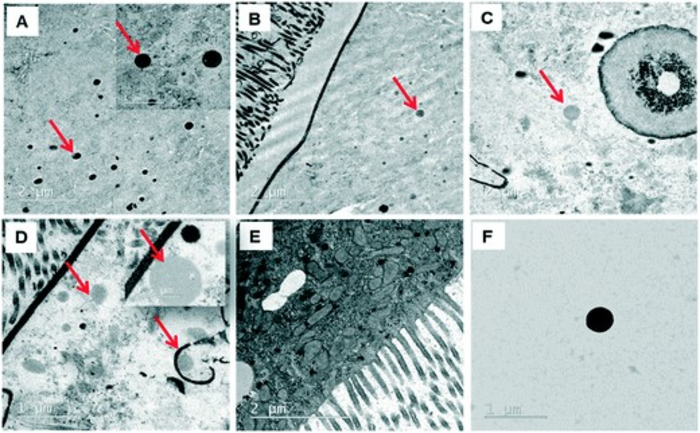Want to remove microplastics from water? Try brewing it for a cup of tea or coffee! Research reported in Environmental Science & Technology Letters shows that by boiling then filtering tap water, up to 90% of the nano- and microplastics present could be removed.
Tag: nanoplastics
Engineers unmask nanoplastics in oceans for the first time, revealing their true shapes and chemistry
In a new study, engineers at the University of Notre Dame have presented clear images of nanoplastics in ocean water off the coasts of China, South Korea and the United States, and in the Gulf of Mexico.
Nanoplastics unexpectedly produce reactive oxidizing species when exposed to light
A team of researchers led by Young-Shin Jun at the McKelvey School of Engineering at Washington University in St. Louis found that nanoplastics facilitate formation of manganese oxide on polystyrene nanoparticles.
Media Briefing Schedule for ACS Fall 2022
Media Briefing Schedule for ACS Fall 2022
Water Treatment Efficiently Removes Nanoplastics
It’s a hot topic, at least on social media: tiny plastic particles allegedly end up not only in oceans and lakes, but also in drinking water – and, yes, even in bottled mineral water.

Researchers succeed in monitoring the “journey” of microplastics through the intestine of a living organism
A UAB research team has managed to track the behaviour of microplastics during their “journey” through the intestinal tract of a living organism and illustrate what happens along the way.
Tiny plastic particles in the environment
The images leave no one cold: giant vortices of floating plastic trash in the world’s oceans with sometimes devastating consequences for their inhabitants – the sobering legacy of our modern lifestyle. Weathering and degradation processes produce countless tiny particles that can now be detected in virtually all ecosystems. But how dangerous are the smallest of them, so-called nanoplastics? Are they a ticking time bomb, as alarming media reports suggest? In the latest issue of the journal Nature Nanotechnology, a team from Empa and ETH Zurich examines the state of current knowledge – or lack thereof – and points out how these important questions should be addressed.
Drinking Water Significant Source of Microplastics in Human Diet
In an effort to understand the potential risks associated with exposure to micro/nanoplastics, the Emerging Risks of Micro/nanoplastics: Perspectives From Diverse Sectors symposia at the 2020 Society for Risk Analysis virtual Annual Meeting, December 13-17, 2020, aims to highlight the current state of knowledge associated with physical and chemical transformation, hazard characterization, environmental effects, social implications and policy limitations.